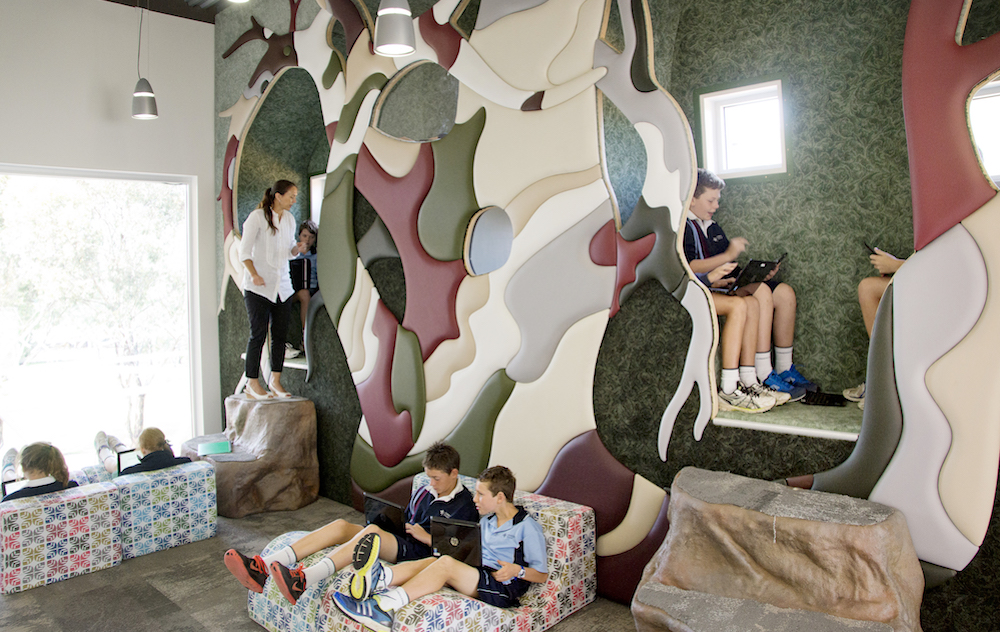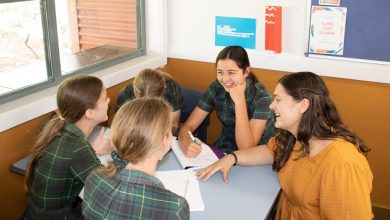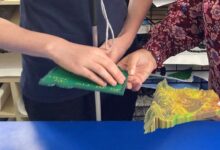The importance of movement on learning
Find out the truth behind ‘use it or lose it’ and how movement in the classroom can aid learning.
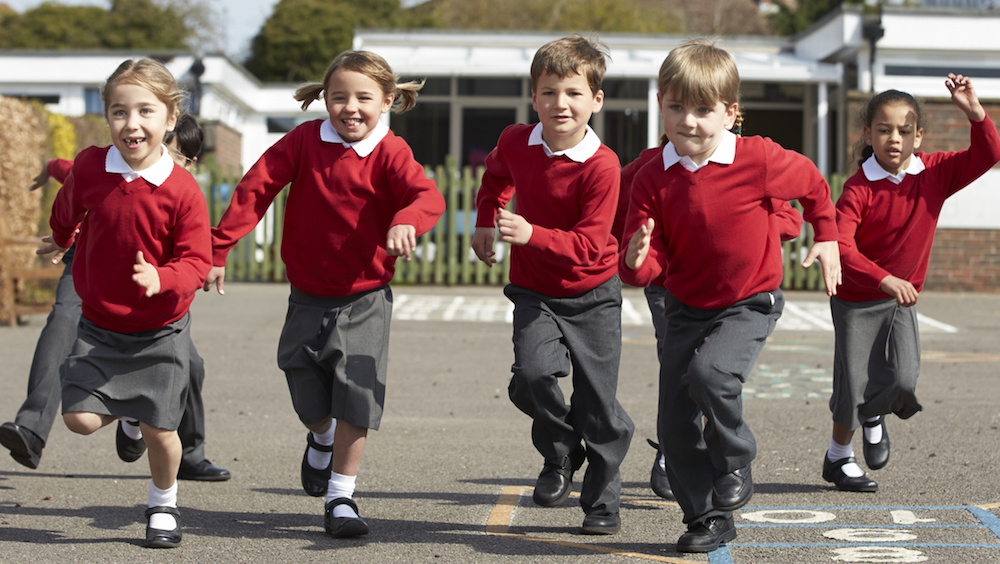
The human brain is a demanding organ. Unable to produce its own oxygen or nutrients, it depends on the heart, lungs, liver and other organs to keep it constantly supplied with nutrient-rich blood, using between 20 to 30 percent of a person’s energy intake.
While healthy organs and a balanced diet are necessary to get the nutrients into the body, unless there is activity that gets the heart pumping and blood moving, no matter how demanding the brain is, it will be starved of the fuel it needs.
Dr Graham Dodd has spent more than fifty years teaching and researching the role of movement in and on learning. From decades as a health and physical educator in schools before moving to The School of Human Movement at UniSA, then a doctorate at Deakin University, his research has bridged cognitive science and motor development, culminating in his recent book Fundamental Movement Skills F-2.
Use it or Lose it
Dodd explains that while it is well established that the number and location of brain cells within the human brain are genetically determined, the architecture and shaping of the brain’s structure are largely influenced by external stimuli.
“This significant finding provides a secure neurological basis for the common wisdom, ‘Use it or lose it’,” says Dodd. “This is why it is important to keep practising a foreign language, or a physical skill. As we grow and experience new things, some neural connections become stronger while others are lost. Neurons that are frequently used form stronger connections and remain in the brain, while those that are rarely or never used eventually die. By continually having new experiences and strengthening neural connections, the brain can adapt to its constantly changing environment.”
Dodd refers to neuroscientist Michael Merzenich when he explains the concept of neuroplasticity: the brain’s ability to alter and rewire itself in response to external stimuli.
“This significant finding has changed the way of thinking about learning by many educators,” explains Dodd. “By organising different experiences, it is possible to have a significant effect on the structure of the brain’s neural networks as it constantly organises itself in response to changing environments.”
The implication for educators, is that combining movement with learning not only provides the brain with the nutrients and oxygen it needs to function but affects the brain itself, boosting mood, forming stronger connections and enhancing cognitive abilities.
“The interdependence of movement between brain functioning and development is particularly important for young students,” adds Dodd, “as their brains are still malleable and taking shape and are highly receptive to new experiences and stimulation.”
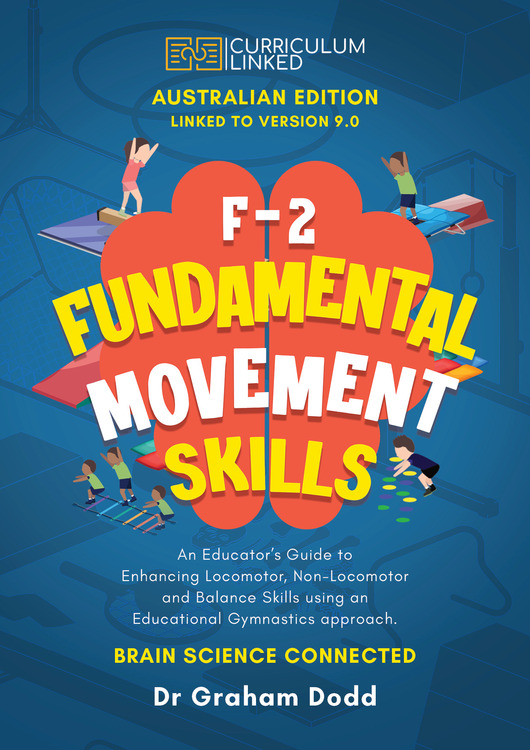
Fundamental Movement Skills
Fundamental movement skills are a specific set of gross motor skills involving various parts of the body and that form the building blocks for more complex skills. Falling into broad categories – ball skills, balance skills and locomotor skills – they are essential prerequisites for later physical literacy and skills such as dance, ball sports, martial arts and thousands of other interests.
“Students need to be taught fundamental movement skills as part of their growth and development and their level of acquisition of the Skills should be observed and assessed. It cannot be assumed they will acquire these skills naturally as the opportunities to experience them may not be available depending on their environments,” explains Dodd.
Learning these fundamental skills has a far greater impact on students than simply the ability to catch or throw a ball. “These fundamental movement experiences play a key role in increasing their understanding of their ‘world of being’ and enhancing their ongoing learning,” explains Dodd.
There is an interdependent relationship between movement and brain functioning and development, meaning that each one affects the other, explains Dodd. Movement improves mood, enhances memory and attention while brain function affects and manages physical activity such as coordinating movement, regulating balance and muscle tone and processing sensory information.
“By engaging in the physical activities such as those provided through the lessons in Fundamental Movement Skills F-2, they can experience movements that strengthen the neural networks for fundamental movement skills and develop competencies in them that underpins the myriad of more complex skills they will encounter in their future working, recreational, sporting, and personal pursuits,” says Dodd. “Developing good competence in fundamental movement skills improves not only their physical abilities, self-awareness, self-confidence, and self-esteem but also their brain functioning, leading to better academic performance and overall development.”
The role of schools in keeping children active
A report by the Cancer Council of Australia in 2018 stated that only 16% of Australian secondary students met the recommended 60 minutes of physical activity on all seven days over the week. 46 percent were active on four to six days, while just over one third were active on one to three days in the previous week.
The opportunity to remain active during school hours tends to drop as students progress through high school. Physical education classes become optional rather than compulsory, and the focus on exam preparation takes over from sports and other extracurricular activities.
“Movement is one of the most impactful experiences we have as humans, as it stimulates all of our senses and activates all of our organs. Thus, the power of movement experiences to change the neurocircuitry within the brain due to its plasticity is enormous, affecting how it functions and develops,” says Dodd.
Dodd points out a report from the US Institute of Medicine (IOM), Accelerating Progress in Obesity Prevention: Solving the Weight of the Nation, which states: ‘Children spend up to half their waking hours in school. In an increasingly sedentary world, schools therefore provide the best opportunity for a population-based approach for increasing physical activity among the nation’s youth.’
“I believe this sentiment applies equally relevant to Australia,” Dodd adds. “Teaching methodologies based on applying this body-brain based research to the learning environment, use movement to prepare the brain to learn effectively with good outcomes. In some countries like Finland, students are required to go outside when possible, or into the indoor activities area, every hour for 15 minutes for this brain boost of energy activation that assists their learning.”


